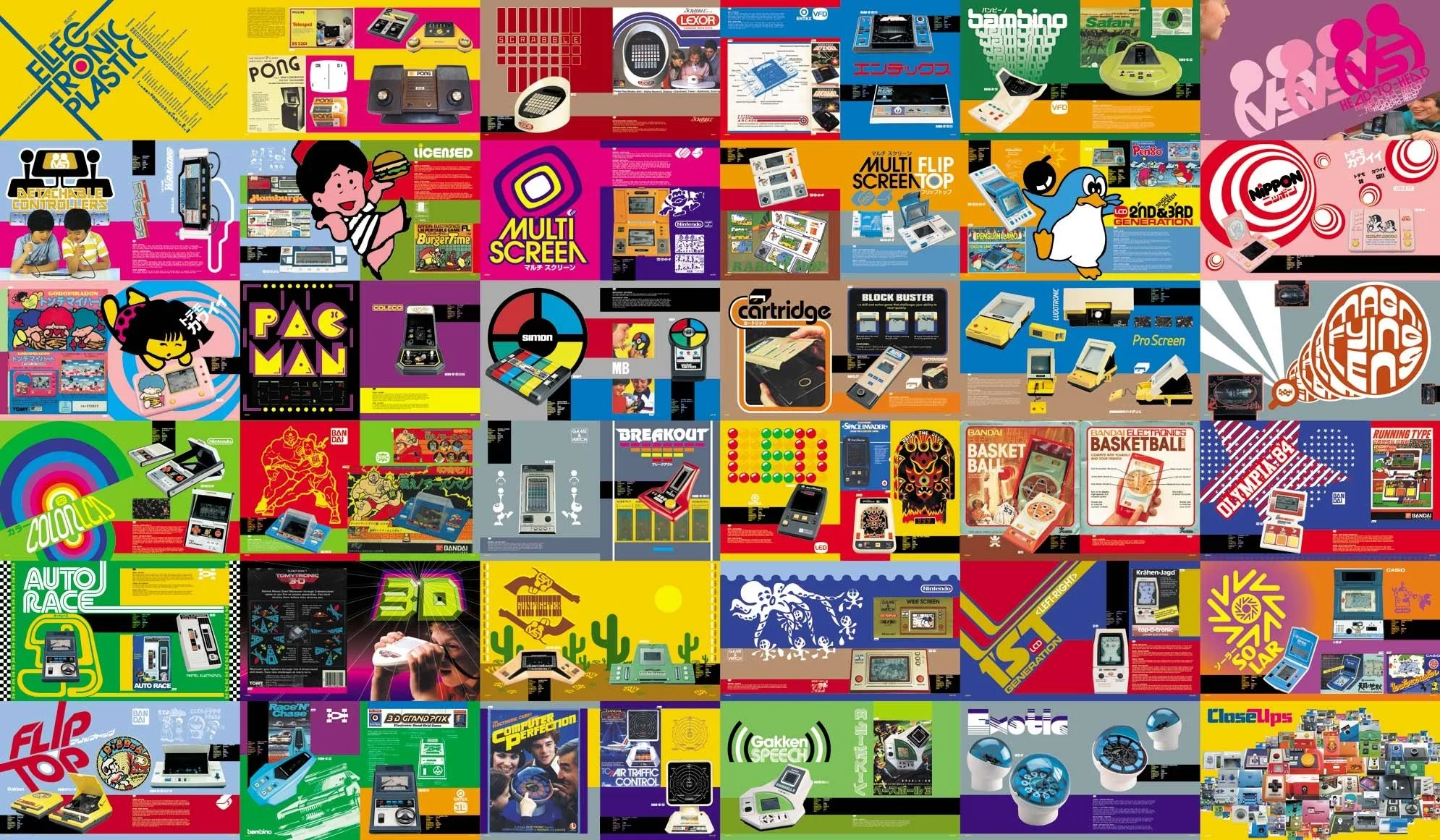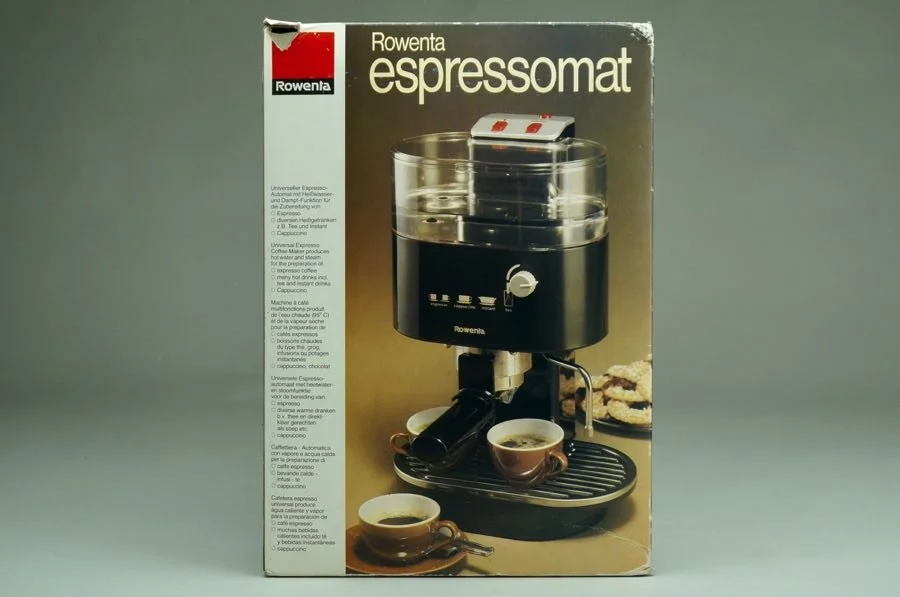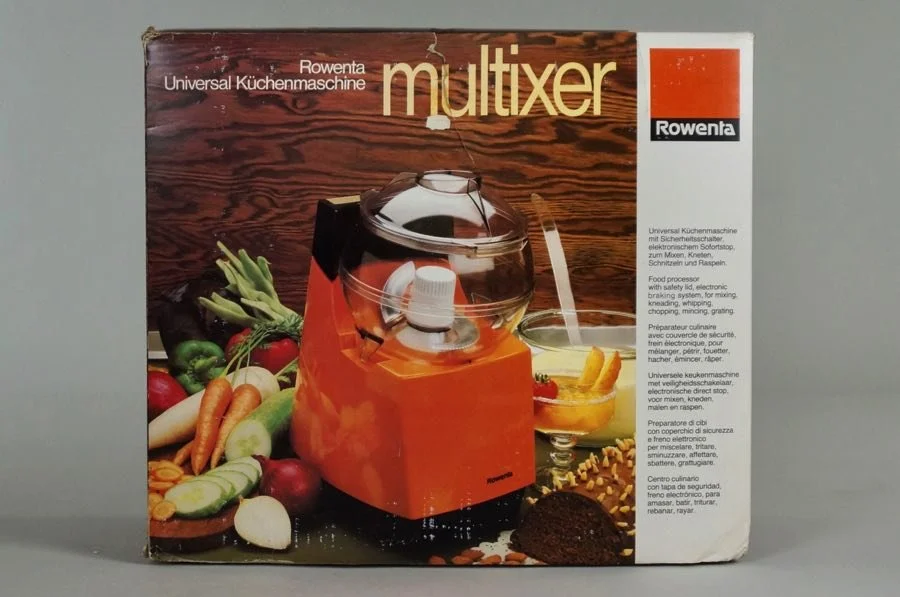Soft Electronics
The biggest vintage collection of electronics.
Every 80s or 90s kid remembers finding a million electronics for every single need imagined at their parent's house: from coffee makers and food processors to ice cream makers and blow-dryers. Each home appliance was intended to help in the daily household routines, but looking back…they were actually masterpieces of style.
Fascinated by the world of product design that emerged between the 1960s and the 1980s Jaro Gielens released his latest book Soft Electronics, based on his own impressive collection of around 1400 unique products. Each object possesses a sense of longevity, quality, and innovation that is hard to find nowadays.
In an interview with We The Cool Magazine, we talked to Jaro about his background, design periods, his last book, and his fascination for collecting such unique pieces.
WTC: What motivated you to curate this collection and find all of these products?
JG: Well, it had to do with my past book. 20 years ago I released a book called Electronic Plastics. It was really popular, sold worldwide, and featured electronic games before the Nintendo Console. With these types of consoles, you can switch a cartridge and have a million games but from the mid-70s to the mid-80s there was a lot of customized hardware and specialized design for just one game.
It’s a very spontaneous story, I go to flea markets a lot and started noticing all of these soft electronics in good condition so I started my collection around 5 years ago. I was really lucky with it, maybe it was a sign from the above, I started looking and finding all of these rare pieces that you couldn't even find online.
WTC: What do you look for, when searching for these items?
JG: For me, the most important thing is the packaging and optical condition. I’m not an electronics guy, it’s all design driven. I have more than 1400 items and all are complete with the original box.
WTC: Do you have a background in product design?
JG: I work freelance as an online specialist for ads here in Germany, Switzerland and the Netherlands. I also make websites and other online solutions. When I was 12 I did want to become an industrial designer, and hoped to be creating cars and vehicles. But I chose the media and communications path.
WTC: What do you think makes this collection and these products so special?
JG: It's a complete niche, only a handful of people are involved in it. Also, there’s no information on the internet. When I was doing my research for the book I even found out that some manufacturers had no clue what they did back then, they couldn't give me any information on their products, I had to help them look into their history.
WTC: Why do you think this happened?
JG: There were a lot of small soft electronic brands that merged into bigger companies. It took me almost 6 months to get legal clearances because most of these companies no longer exist.
WTC: So, why do you think brands don’t make electronics that last more than a few years nowadays?
JG: I think it has to do with calculating margins. In the early 90s, the marketing department of these companies decided to shift production to China to save money on production costs. Machines were built with components that would break easier and weren’t as easy to find, which made people buy products more regularly. The machines in my collection used to last 10 years or longer and they could be easily repaired by opening them up yourself or taking them to a service place.
WTC: Are you drawn to this period because of the quality as much as the design?
JG: I am always the most attracted to the latest version of a product when they’ve added all the alterations and extra features and the margin of error gets smaller. Everyone had a coffee machine at some point so it’s interesting to see how they had to be extra innovative to get people to buy a new one.
For example, the Aromacenter Coffee Maker is like the SUV of coffee makers, it’s all integrated and super high-end.
It’s also very interesting because the process was different from how it is now. A company would design, model, make and sell a machine without any proper user testing. They would put it in the market and fix the problems or innovate the design on their next model.
WTC: From your collection, which do you think are the 3 most unique or hard-to-find products?
JG: Well, I can't show you everything because I still need a few aces up my sleeve to keep releasing on Instagram but I’ll show you some.
Rowenta espresssomat - It's incredibly rare, only 3 months ago I found one, two villages down the road. I knew about it because it was presented at Domotechnica in 1982 and everyone was impressed by it.
Phillips Box 7 Kitchen Machine - This is a box set, it has 8 boxes in total but with box 7 you could get it all. It’s incredibly special because it was only produced for a year since it wasn't as successful as they thought it would be. It’s heaven for collectors and industrial designers. I spoke to the original designer and he didn't remember making it and thought it was ugly. It’s very polarizing because some people are fascinated by it and some think it's ugly. I think it’s one of the rarest items in the collection.
Rowenta Multixer Food processor - This is the red version but the most popular one came in beige. It’s a traditional food processor with a transparent bowl. It’s a very sought-after machine because it is very sturdy and some people still have spare parts for it. It’s a great device with a very characteristic design aesthetic which is what we are missing today.
“I can’t explain why I keep finding these items in these amazing condition, most of the time it’s good luck.”







